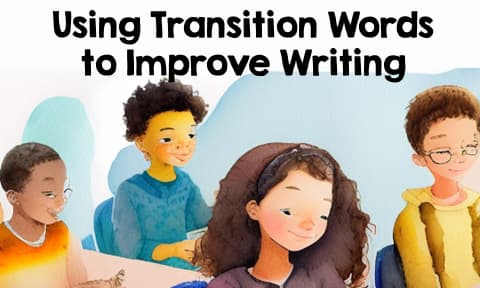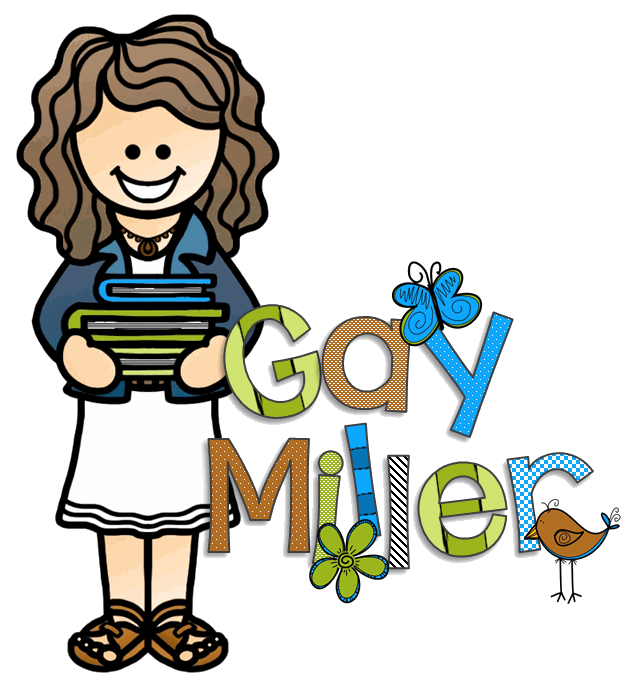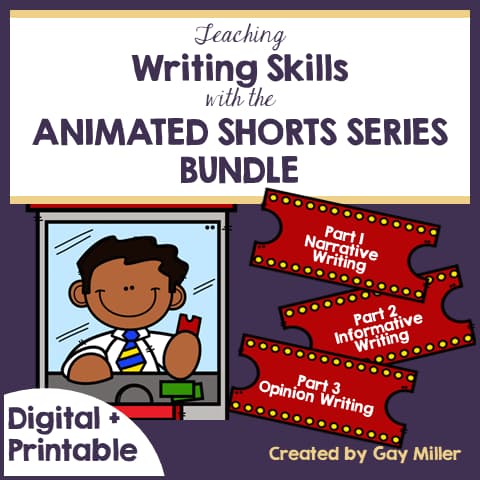
Let’s face it—student writing can sometimes sound like a list of thoughts scribbled on sticky notes and shuffled around by a squirrel in a hurry. You’ve probably seen it: sentence after sentence with no clear connection.
Sometimes student paragraphs read like GPS directions with half the turns missing. That’s where transition words come in. Think of transitions as the glue that holds ideas together or the bridges that keep readers from falling into choppy-sentence ravines. They help sentences flow, ideas connect, and readers stay awake.
Why Teach Transitions?
Whether it’s cause and effect, comparisons, or sequence, transition words give writing that “ahh, now I get it” feeling. Plus, the Common Core agrees. It says kids should be using transitions to clarify relationships and keep things organized.
So, if you’ve read an essay that bounces from one thought to the next like a squirrel on espresso—this set of activities is your rescue plan.
Be sure to get the handout. It includes the printables you need to complete some of the activities.
Activities to Teach Students to Use Transition Words
Hook Activity:

Start with sentence cards that are short, choppy, and borderline painful. [Note: These are provided in the handout.] Ask students: “What’s missing here?” Let them figure out why those bland snippets aren’t cutting it—and prep them to bring the spice in Activity 3.
Activity 1: Hit Play on Understanding
Let videos do the heavy lifting.
Two solid picks—
- “Transition Words in Reading and Writing”
- “Transitions by Shmoop”
These show how transitions work and why they matter, with examples students can actually relate to.


Activity 2: Transition Words Resource Booklet

I have prepared a concise and practical resource booklet. This eight-page booklet is a go-to guide for your students, providing them with a handy reference for selecting appropriate transitional words and phrases. Print the booklet for students. This short resource booklet requires only two pieces of paper plus an optional cover to print, yet it will be a valuable reference guide for your students when writing.
The book may be printed and glued into an interactive notebook, placed in front of a writing journal, or dropped into a page protector sleeve and clipped into a three-ring binder.
Instruct students to use the booklet as a reference when they need to find appropriate transition words or phrases while writing. Encourage students to use a variety of transition words. Sometimes, two words and phrases mean the same thing. Instead of repeating a phrase repeatedly, students can use slight variations. The word lists featured in the booklet will help students select alternate words and phrases.
Activity 3: Sorting & Rewriting Challenge
Use the “Examples of How Transitions Can Clarify the Meaning” handout. Students sort sentence cards into categories (sequence, contrast, etc.) and then transform those sad, choppy lines into smooth, grown-up thoughts using a matching transition.
It’s grammar meets game night—minus the snacks.
Activity 4: Cloze It Up

Put their transition knowledge to the test with a cloze exercise. Students pick the right word from a bank to complete sentences and feel that satisfying click when everything finally flows.
Grab the Handout!
Seriously. It’s full of printable goodies that’ll make implementing these activities a breeze.
Get the handout here »
Your students’ writing is about to go from “meh” to meaningful. With these tools, they’ll learn to write with clarity, style, and just enough finesse to make their sentences strut like they’re on a red carpet.
See the product that inspired this post.
Are you looking for a fun way to teach writing skills? This series teaches narrative, informative, and opinion writing with animated short films your students are sure to love!



